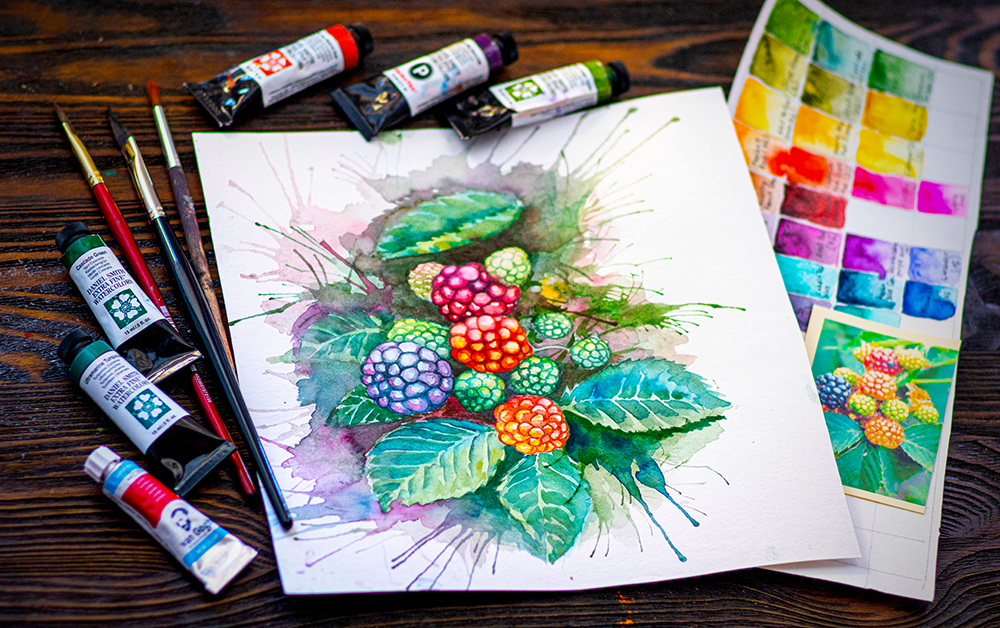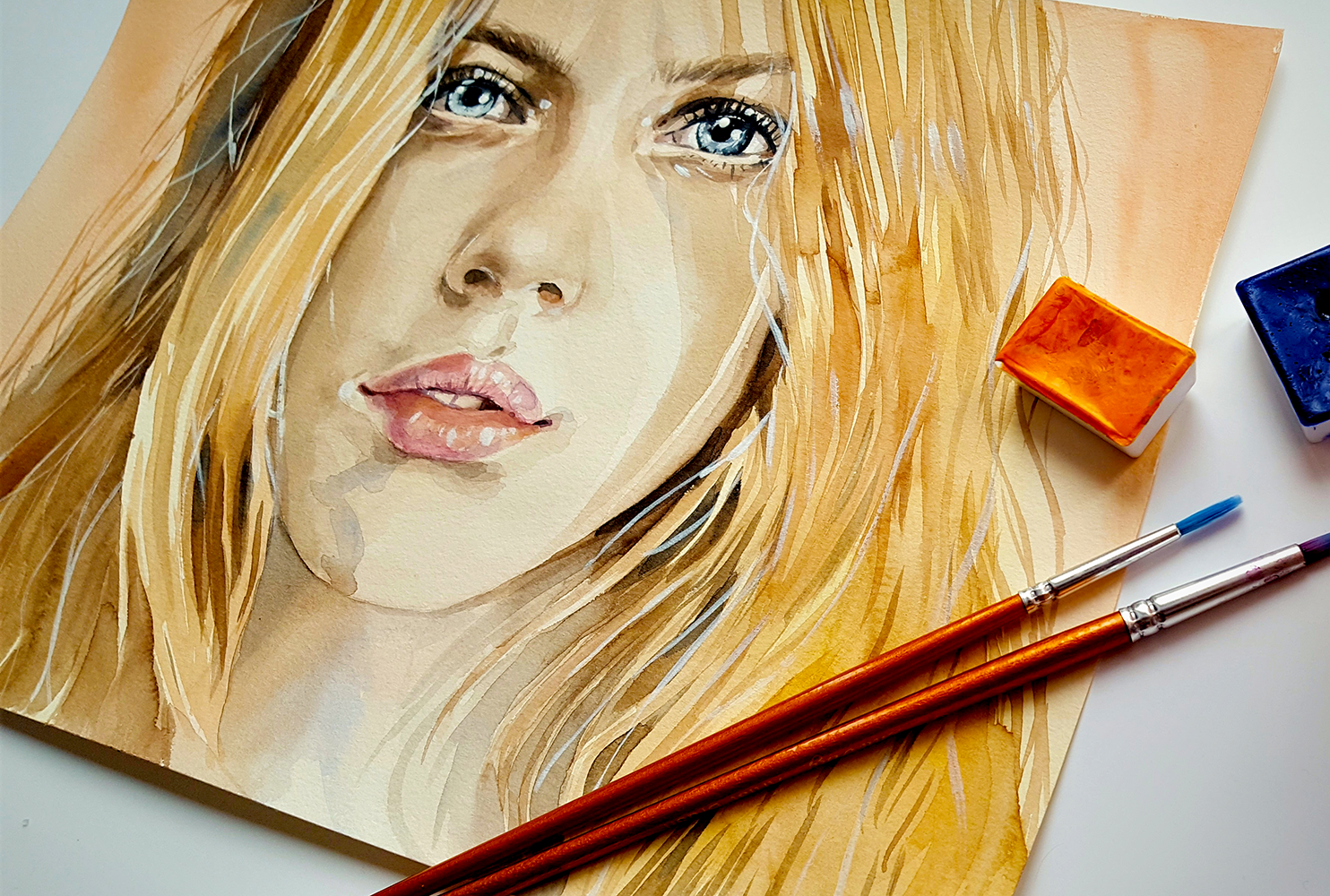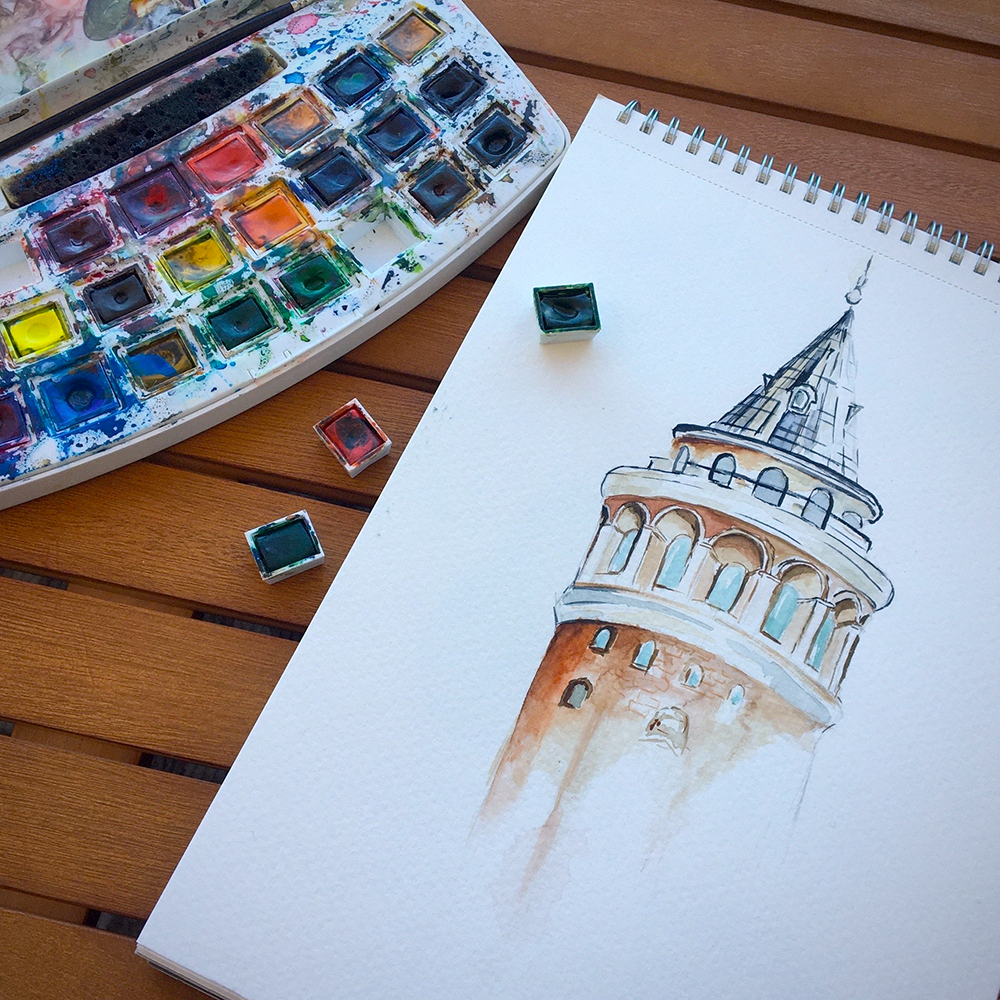Are you interested in learning how to paint?
Painting is a beautiful and rewarding hobby that can be enjoyed by people of all ages and skill levels.
But if you're new to painting and the art world, the prospect of starting your first painting when a blank canvas is staring at you can be a bit daunting.
Where do you begin the painting process?
Don't worry, we're here to help.
This guide will walk you through the basics of starting your next painting; you don't have to be a professional painter to get started painting.
As long as you enjoy the process and love painting, you'll do great!
We'll walk you through everything you need to know to get started on your next painting, from choosing the right supplies to finding inspiration for your design.
By the time you're finished reading, you'll be ready to start bringing your vision to life on canvas.
So read on, and get ready to unleash your inner artist!
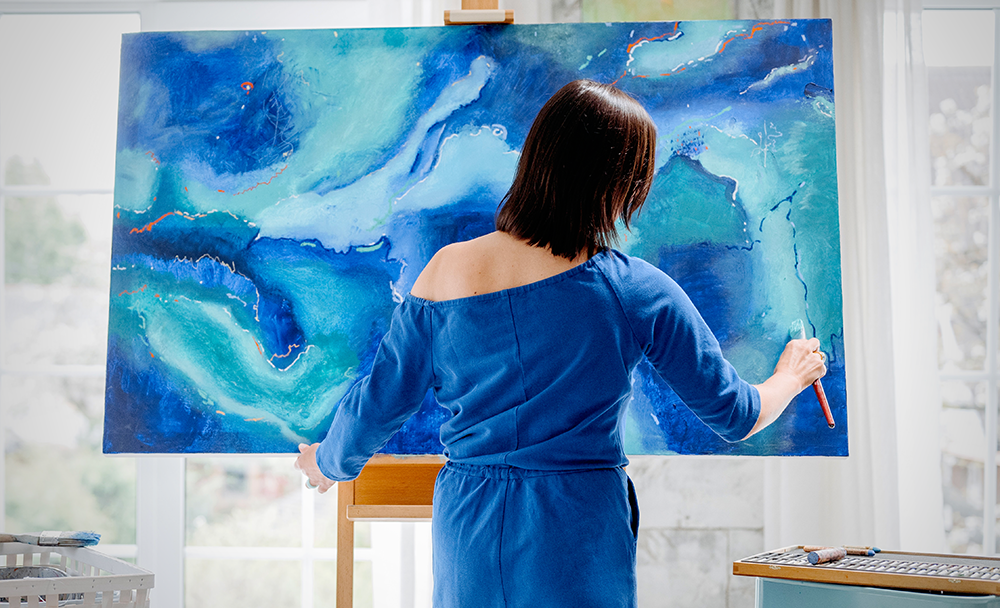
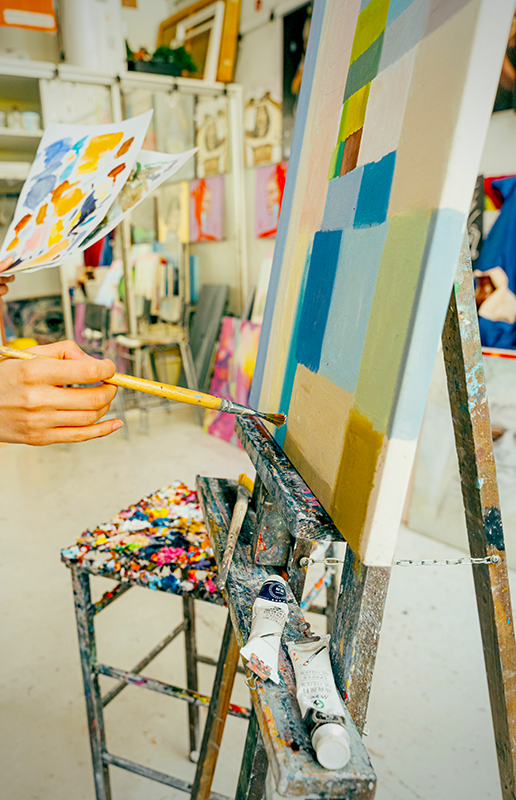
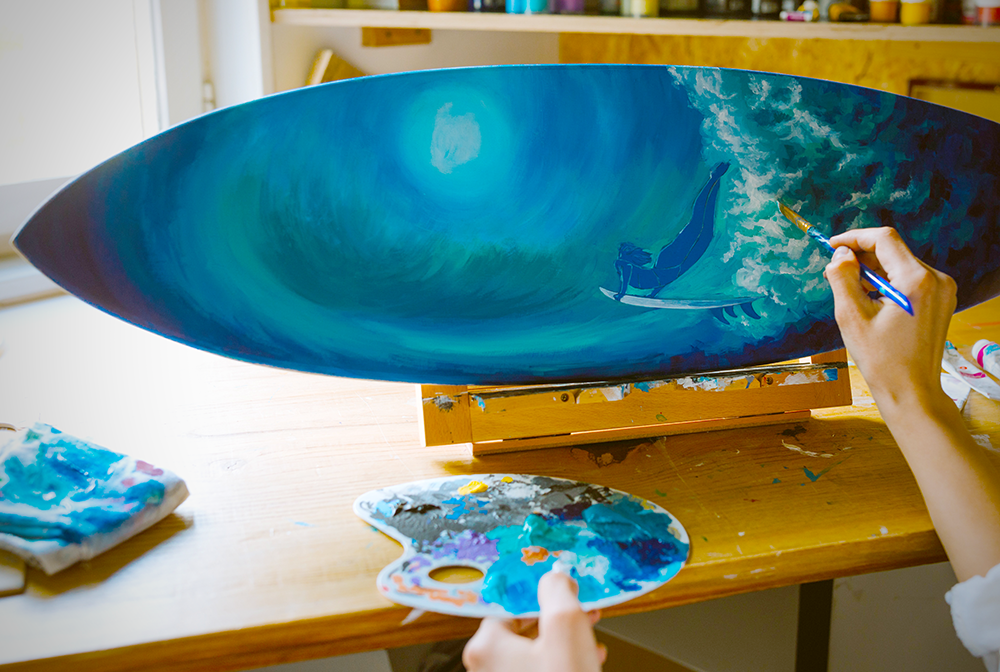
Choosing Your Supplies
The first step in getting started with your next painting is to choose the right supplies.
If you're a beginner, we recommend starting with acrylic paint, as it is an opaque paint that's easier to work with than oil painting and dries more quickly.
Oil paintings are beautiful but are better suited for experienced painters.
Tempera paint is also a good option for beginners because it is less expensive and water-soluble.
Watercolor paint and gouache paint are other great options, as they are fairly easy to use and produce beautiful, bright colors.
Feel free to pick up your paint type of choice from one of the various hobby or paint stores.
In addition to paint, you'll also need paint brushes.
There are a variety of paint brushes you can choose from, including filbert and round brushes or oil paint brushes and water brush pens, in various sizes.
You also need to consider whether you want natural hairs or synthetic bristles.
When selecting brushes, pick ones that fit your specific painting needs and plan to replace them as they start to wear down.
High-quality synthetic bristles tend to be more durable and easier to use, but natural hair paint brushes can be more expensive.
You'll also need a canvas or other painting surface, such as paper, wood, or fabric.
Canvases come in a variety of sizes, so choose one that fits your needs.
A good beginner-friendly sized canvas would be 8"x10" or 11"x14" size.
Finally, you'll need to select other materials such as palettes, mixing cups, a palette knife, and a cloth or paper towel to clean up any spills.
Once you have your supplies gathered, you're ready to start planning your painting.

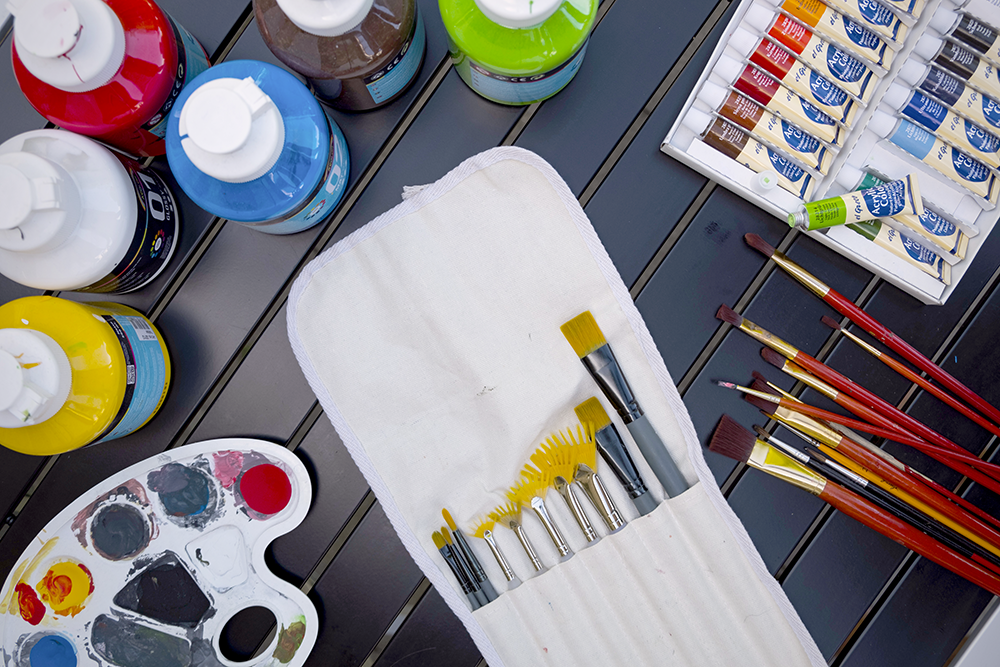
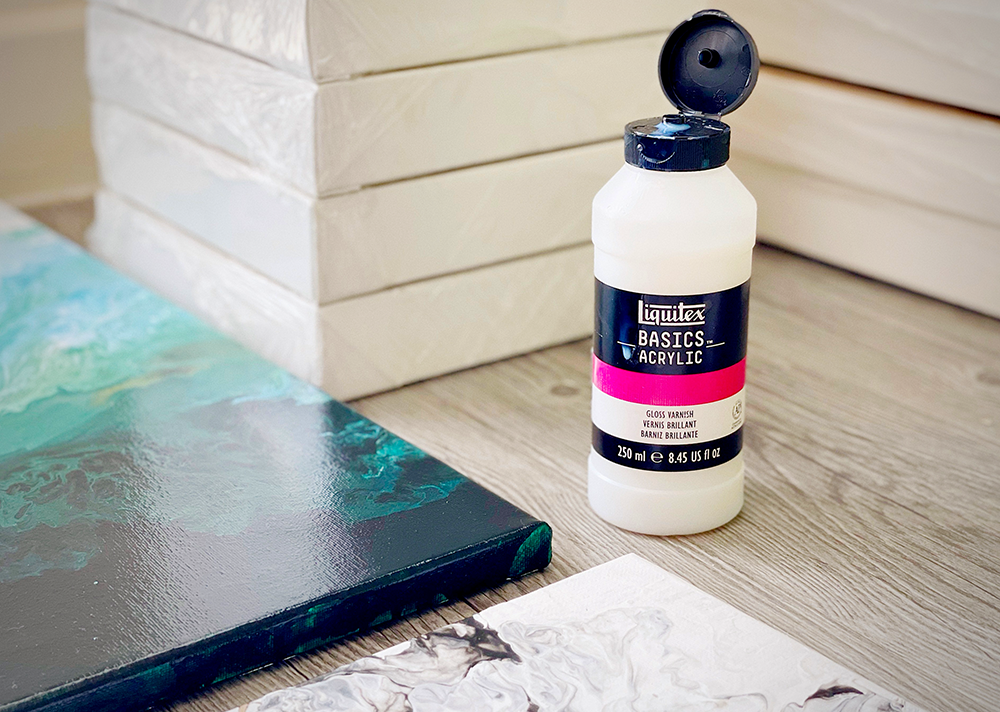
Finding Inspiration
Now it's time to find some inspiration for your painting.
One great way to do this is by looking at other paintings that you love.
Head to your local art gallery or museum, or browse through some art books or online galleries.
When you find a painting that speaks to you, take some time to really study it—notice the colors the artist used, the brushstrokes they employed, and the overall composition of the piece.
Then, start brainstorming ideas for your painting's subject matter based on what you've seen.
You can use the same subject matter or use the painting as a spring board for your ideas.
You can also get inspiration from a photo reference, nature, music, and even everyday objects.
So, take some time to explore the world around you and get inspired!
Now that you have a vision for your painting, it's time to start sketching your layout.
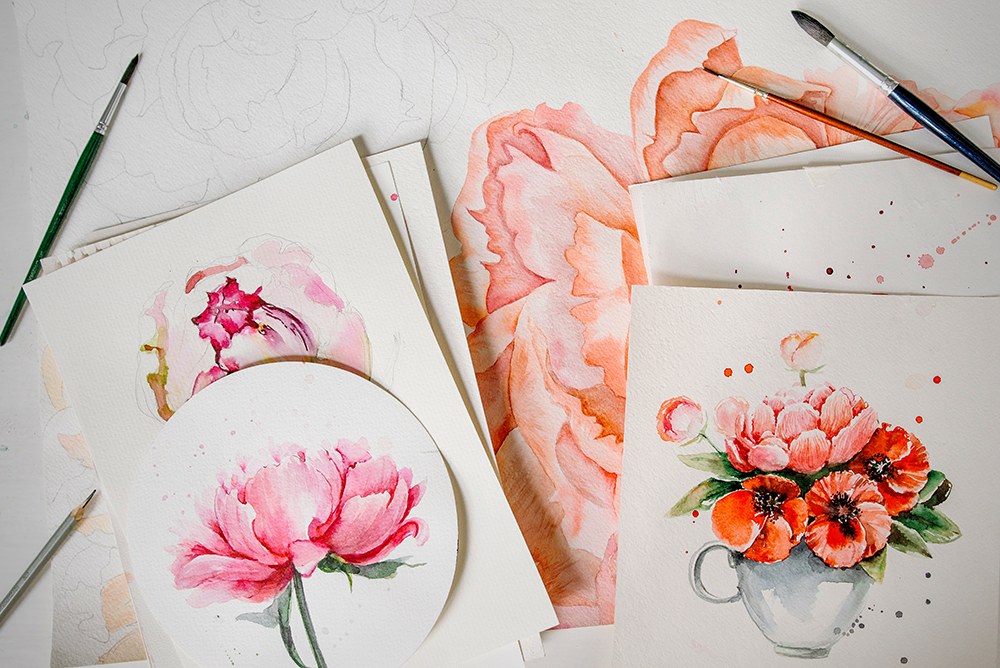
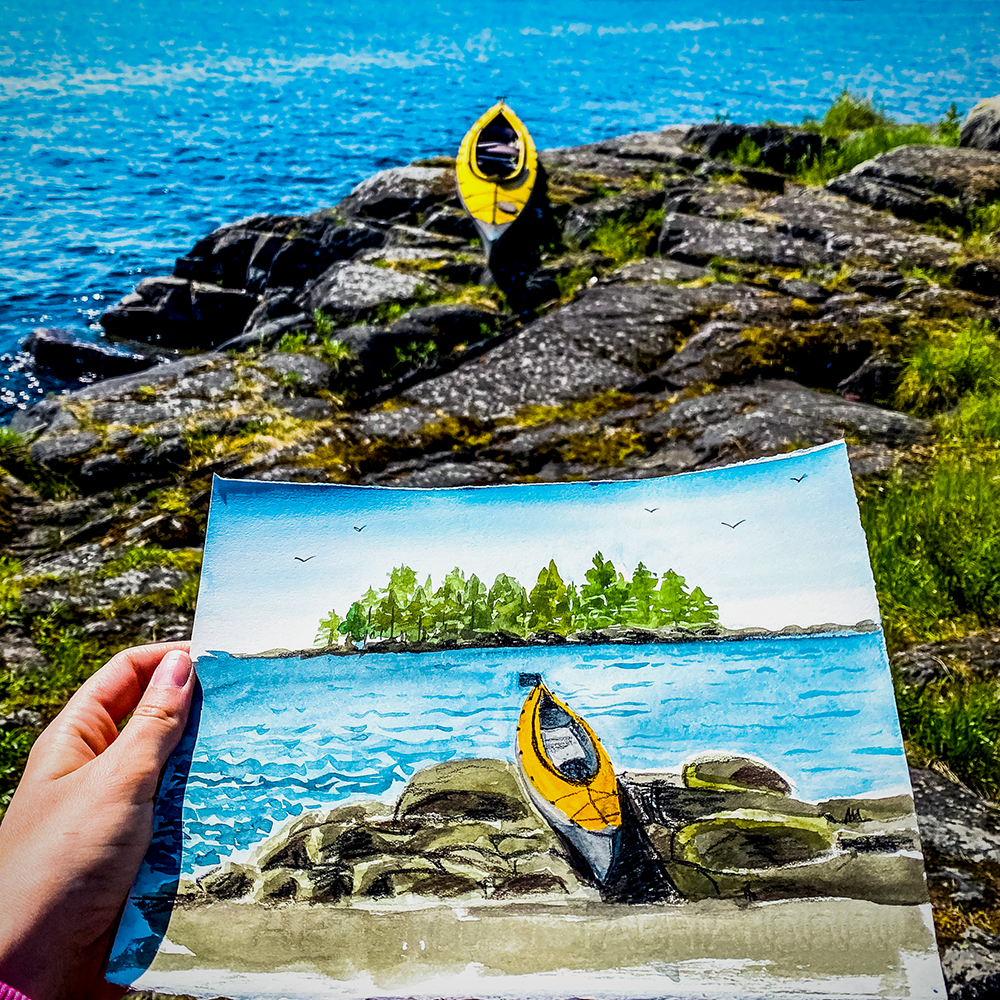

Sketching Your Idea
Once you have an idea for your painting, it's time to start sketching it out on your canvas.
We recommend using a light-colored pencil so that you can easily erase any mistakes as you go along.
Start by sketching out the basic outline of your composition, then fill in the details until you have a finished sketch that you're happy with.
Once you're satisfied with your sketch, take time to consider your color scheme.
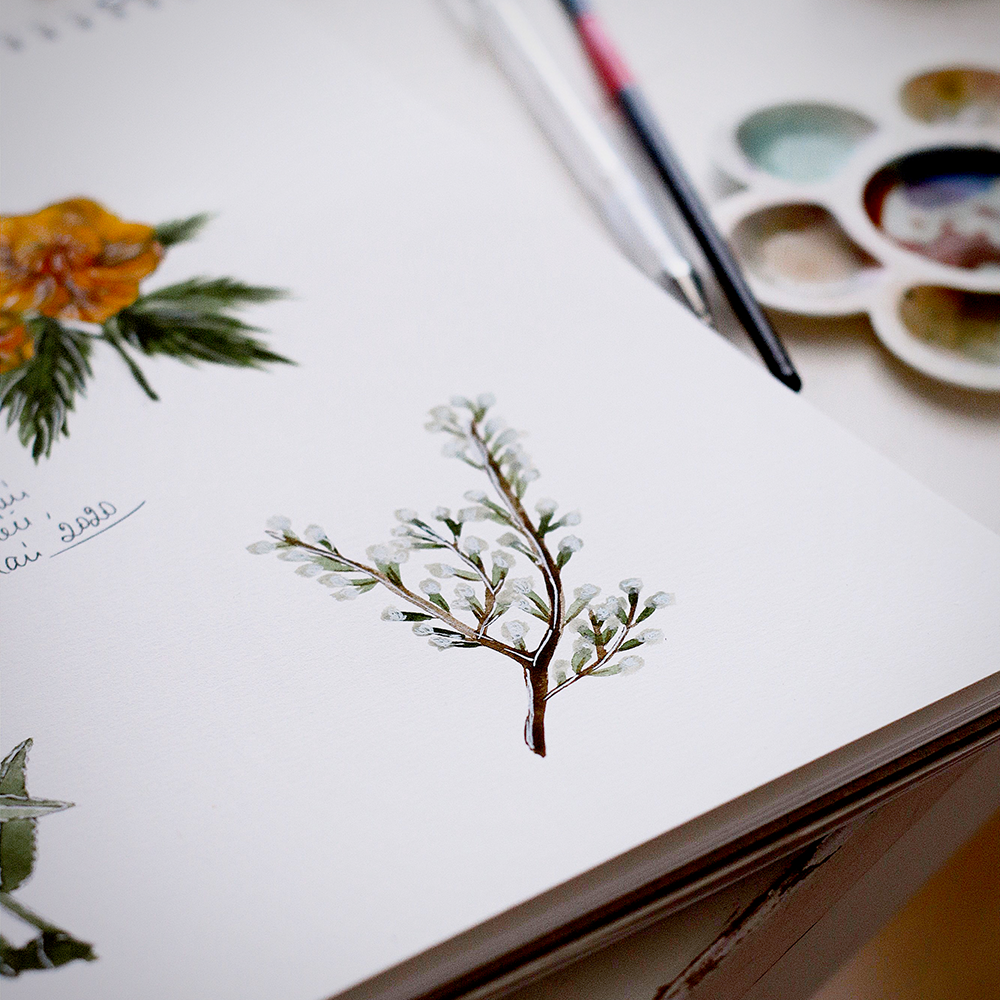
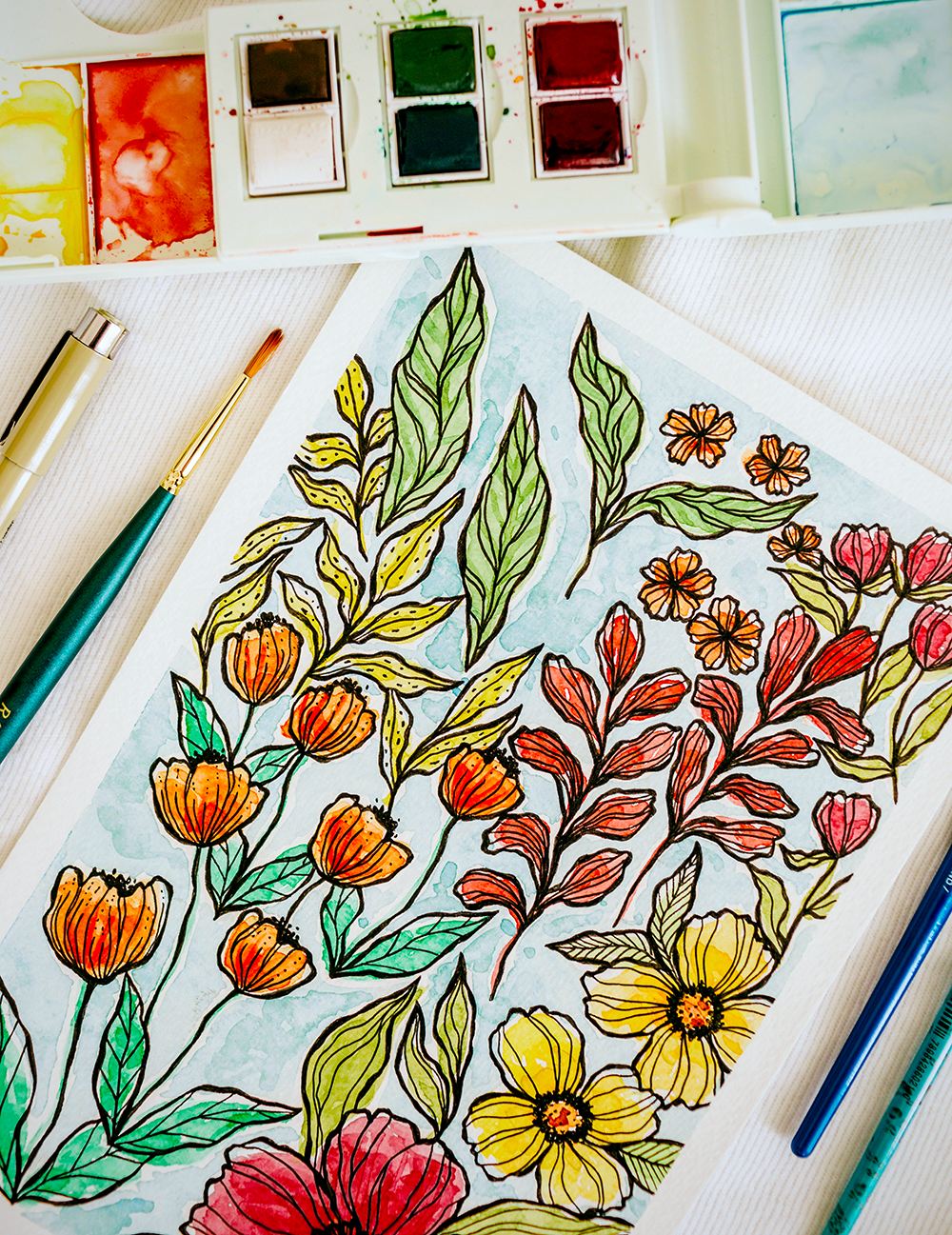

Choose Your Color Scheme
The color scheme of your painting can have a huge impact on the overall look and feel of your piece.
Think about the mood and atmosphere you want to create with your painting, and select colors that will help you achieve this.
For example, if you're painting a sun-drenched beach scene, you might choose warm colors such as oranges and yellows.
On the other hand, if you're painting a moody winter landscape, you might choose cool blues and grays.
Once you've settled on a color scheme, it's time to start painting!

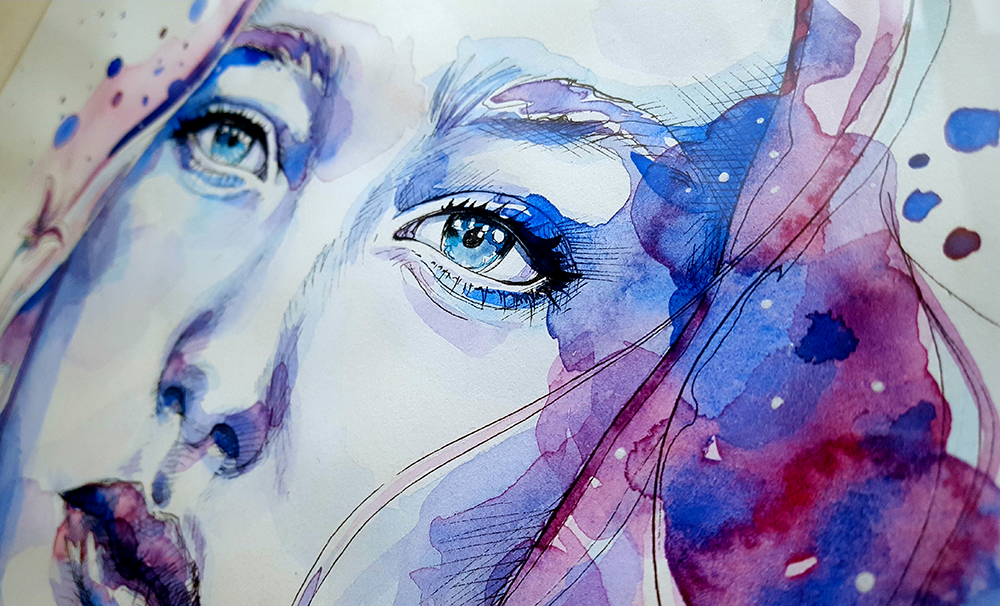
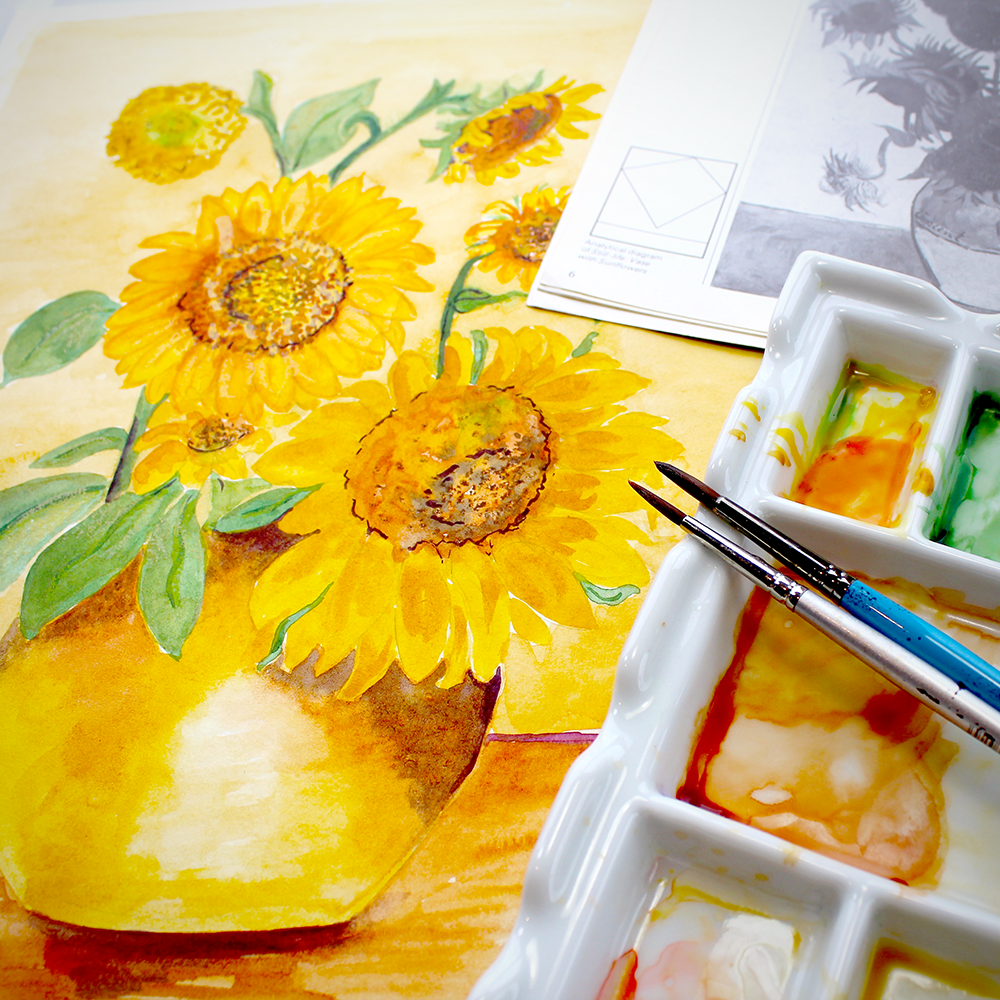
Painting Your Masterpiece
With your supplies, inspiration, sketch, and color scheme in hand, you're ready to start painting.
Start by mixing your paints to get the right colors and hues, then start applying them to the canvas in light layers.
Work from the background to the foreground and let each layer dry before adding more paint or details.
Keep working until you have created the masterpiece you envisioned.
Once your painting is finished, let it dry and then add a protective layer of varnish or resin to protect it from the elements.
And you're done! Congrats on creating your own work of art.
Now, hang your finished painting up and admire your hard work!
It's a great feeling to have created something beautiful, and hopefully this experience will give you the confidence to keep going and create more art in the future.
Happy painting!
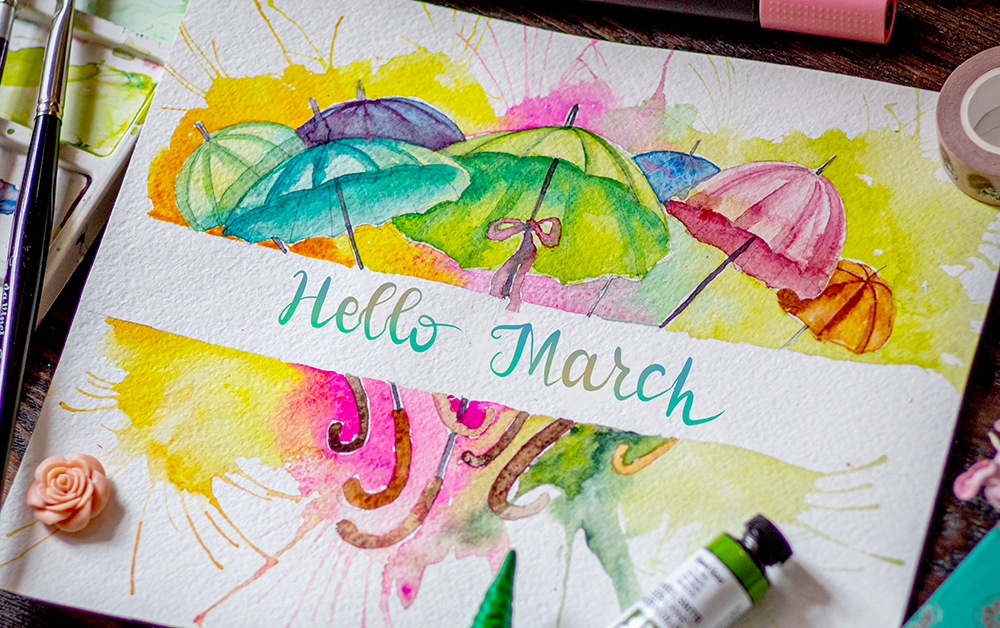
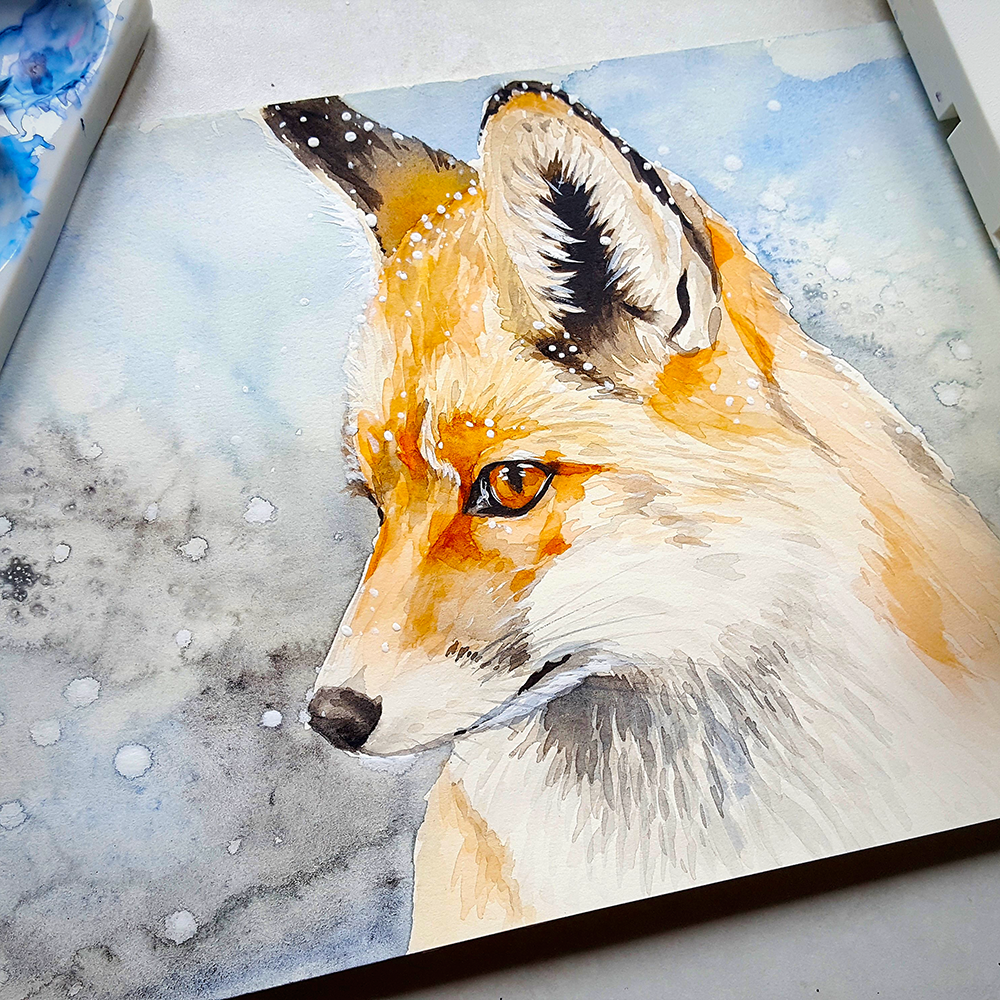

Starting Your Next Painting
Painting can be a fun and rewarding hobby to pursue.
It doesn't have to be difficult to begin your next painting project; keep this guide in mind, and you'll be able to overcome challenges in painting.
Simply gather your supplies, find some inspiration, sketch out your idea, and choose a color scheme before you start painting.
We hope this blog post has inspired and equipped you to start working on your next painting project!
Remember, there are no rules when it comes to art—so don't be afraid to experiment and find what works best for YOU in the creative process.
So, grab your supplies, get creative, and have fun painting!
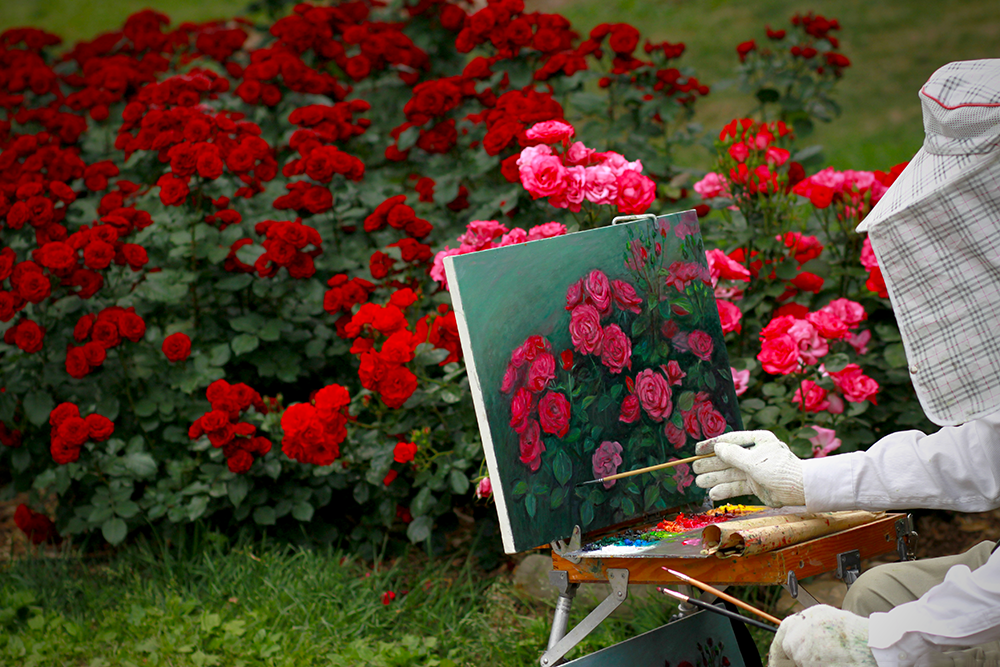
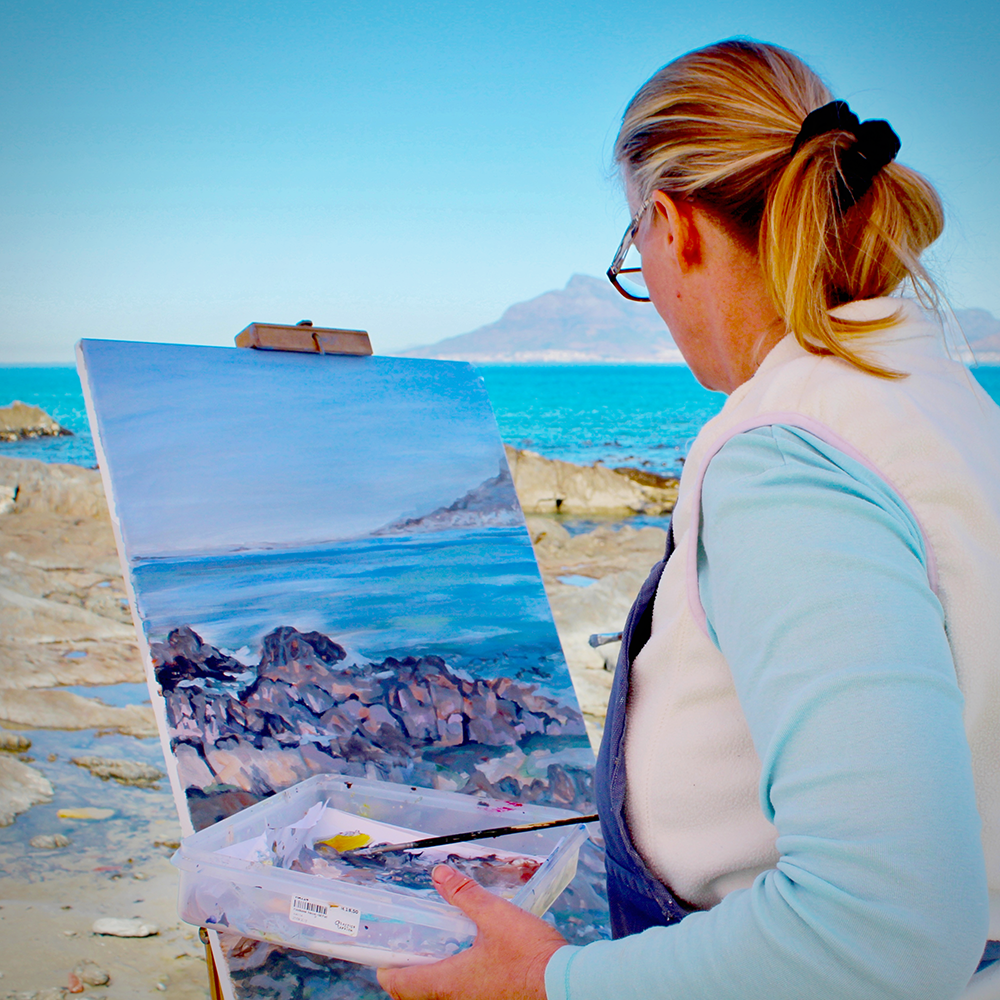
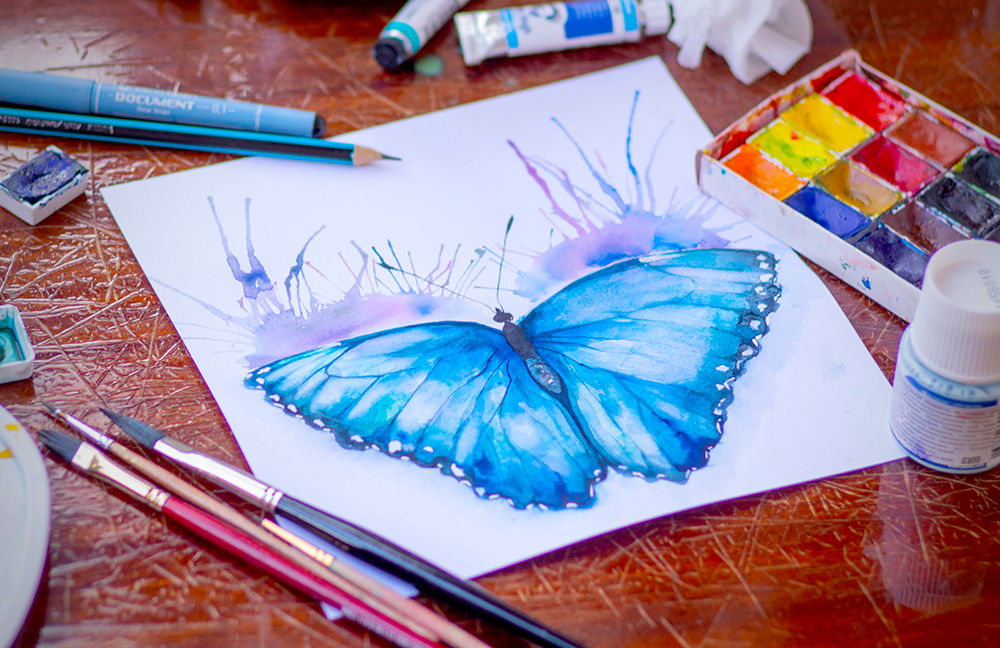
Want to learn more about beginning painting? Check out KevinOilPainting's video!
Want even more content about creativity and art?
Be sure to check out all of our creative chronicles!
Interested in learning more about painting?
Check out our other painting articles:
-Creating acrylic pour paintings

